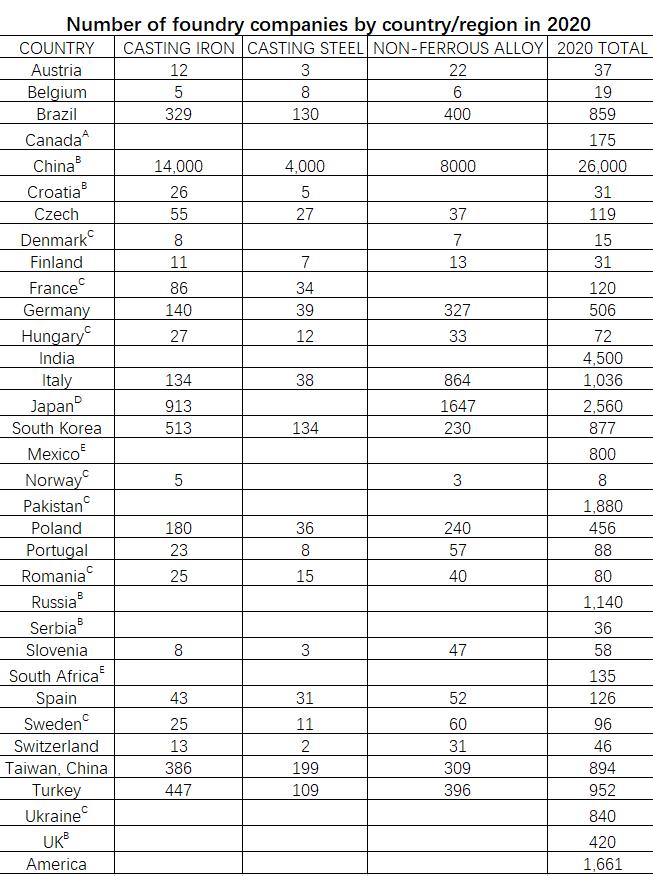3D Printed Sand Casting Patterns Revolutionizing Manufacturing
The manufacturing industry is witnessing a transformative wave with the advent of 3D printing technology, particularly in the realm of sand casting. Sand casting is a traditional process used to produce metal castings, involving the creation of a mold from a pattern, which is then filled with molten metal. However, this method has now been enhanced significantly with the introduction of 3D printed sand casting patterns, changing the dynamics of speed, efficiency, and design freedom in manufacturing.
Traditionally, creating patterns for sand casting was time-consuming and often required extensive machining. These patterns would be crafted from materials like wood, metal, or plastic, and any modifications would involve laborious processes. The emergence of 3D printing technology streamlines this process by allowing manufacturers to design and produce patterns directly from digital models. This not only reduces lead times but also diminishes the costs associated with traditional pattern-making methods.
3D Printed Sand Casting Patterns Revolutionizing Manufacturing
Another noteworthy benefit is the reduction of waste. Traditional sand casting processes often rely on excessive material, leading to increased waste generation. With 3D printing technology, sand can be printed only where it is needed, minimizing excess. Moreover, the use of sand as a printing material allows for the recycling of leftover sand, promoting sustainability in manufacturing.
3d printed sand casting patterns

In addition to the efficiencies gained in production and material usage, 3D printed sand casting patterns also facilitate rapid prototyping. Industries ranging from automotive to aerospace can benefit from the ability to quickly iterate on designs and test functional prototypes. This speed in the design-to-production pipeline can significantly accelerate product development cycles, allowing companies to respond swiftly to market demands.
Furthermore, the customization capabilities offered by 3D printing align well with the growing trend of personalization in various industries. As consumers increasingly seek customized products, the ability to create tailor-made casting patterns on-demand becomes a significant competitive advantage for manufacturers. This means that businesses can accommodate specific customer requirements without the limitations imposed by traditional manufacturing techniques.
Despite the myriad advantages, transitioning to 3D printed sand casting patterns does come with its challenges. The initial investment in 3D printing technology and the necessary software can be substantial. Additionally, there may be a learning curve for companies accustomed to traditional methods. However, the long-term savings and enhanced capabilities often outweigh these initial hurdles.
In conclusion, 3D printed sand casting patterns are ushering in a new era for the manufacturing industry. With their ability to produce complex designs, reduce waste, accelerate prototyping, and meet the demand for customization, they represent a revolutionary shift from traditional methods. As more manufacturers adopt this innovative technology, the landscape of production will continue to evolve, paving the way for a more efficient, sustainable, and creative future in manufacturing.
Post time:set. . 08, 2024 03:22
Next:hard sand casting
